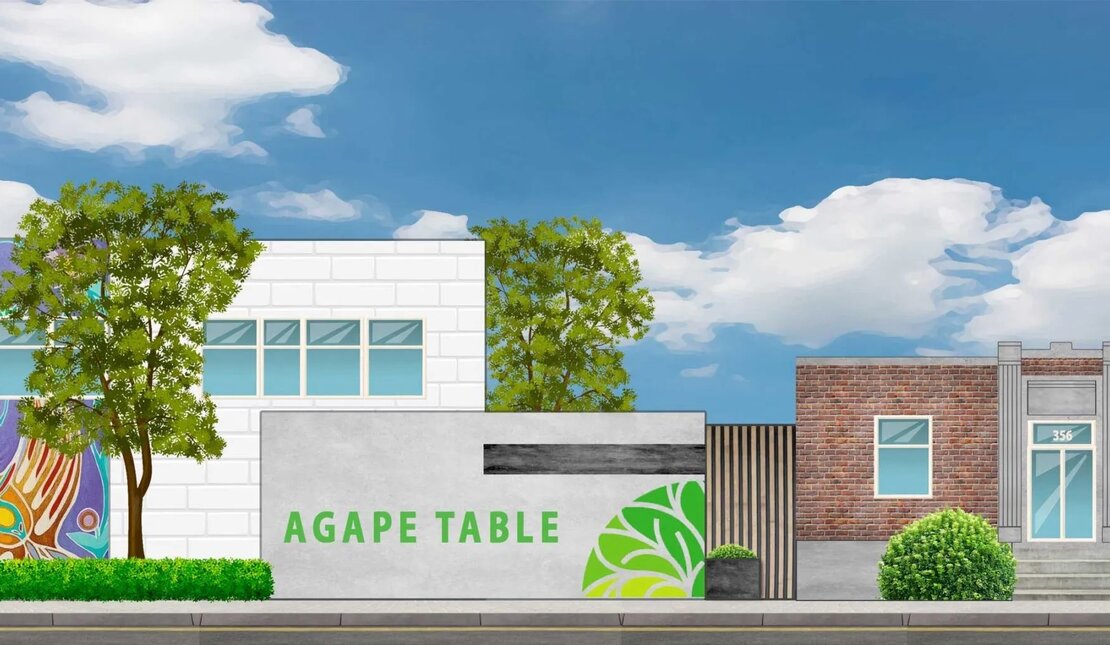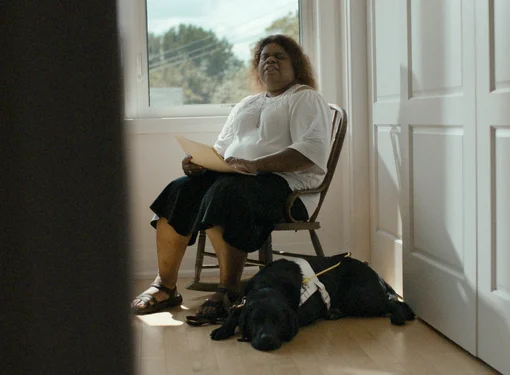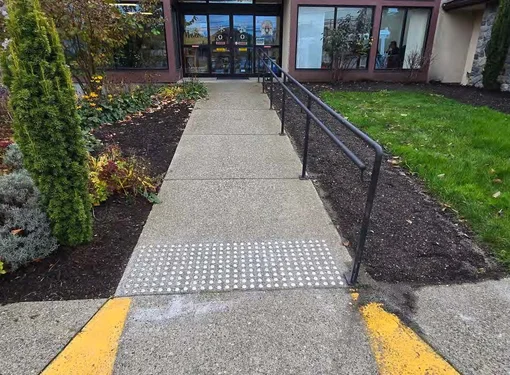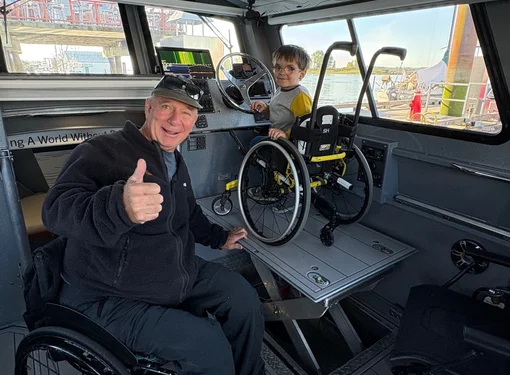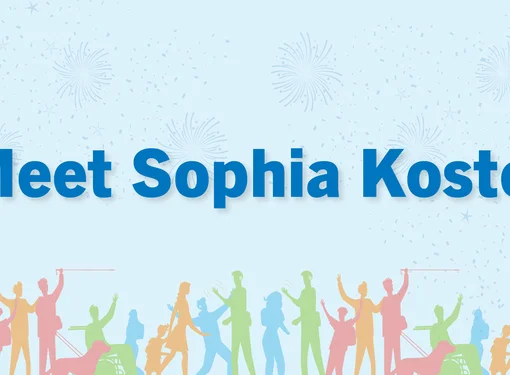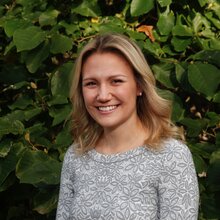A Community Gathering Place: Agape Table strives for Access for All
Agape is a word meaning unconditional love; this sentiment is at the heart of the purpose of Agape Table, a nonprofit organization in Winnepeg, Manitoba that seeks to serve its community through a variety of programs, including free bagged breakfast, and an emergency food bank.
Their mission is to “enhances the lives of those in need by welcoming everyone to our table, without judgment or bias, offering food, fellowship, and support.”
For many years, Agape Table has been operating out of a church basement, but as the need grew, they needed a new space. To better serve the community, they sought to make the site accessible, ensuring access to these important community services.
Simran Bhinder, Rick Hansen Foundation Accessibility CertificationTM (RHFAC) Professional, was contracted to assist with the project.
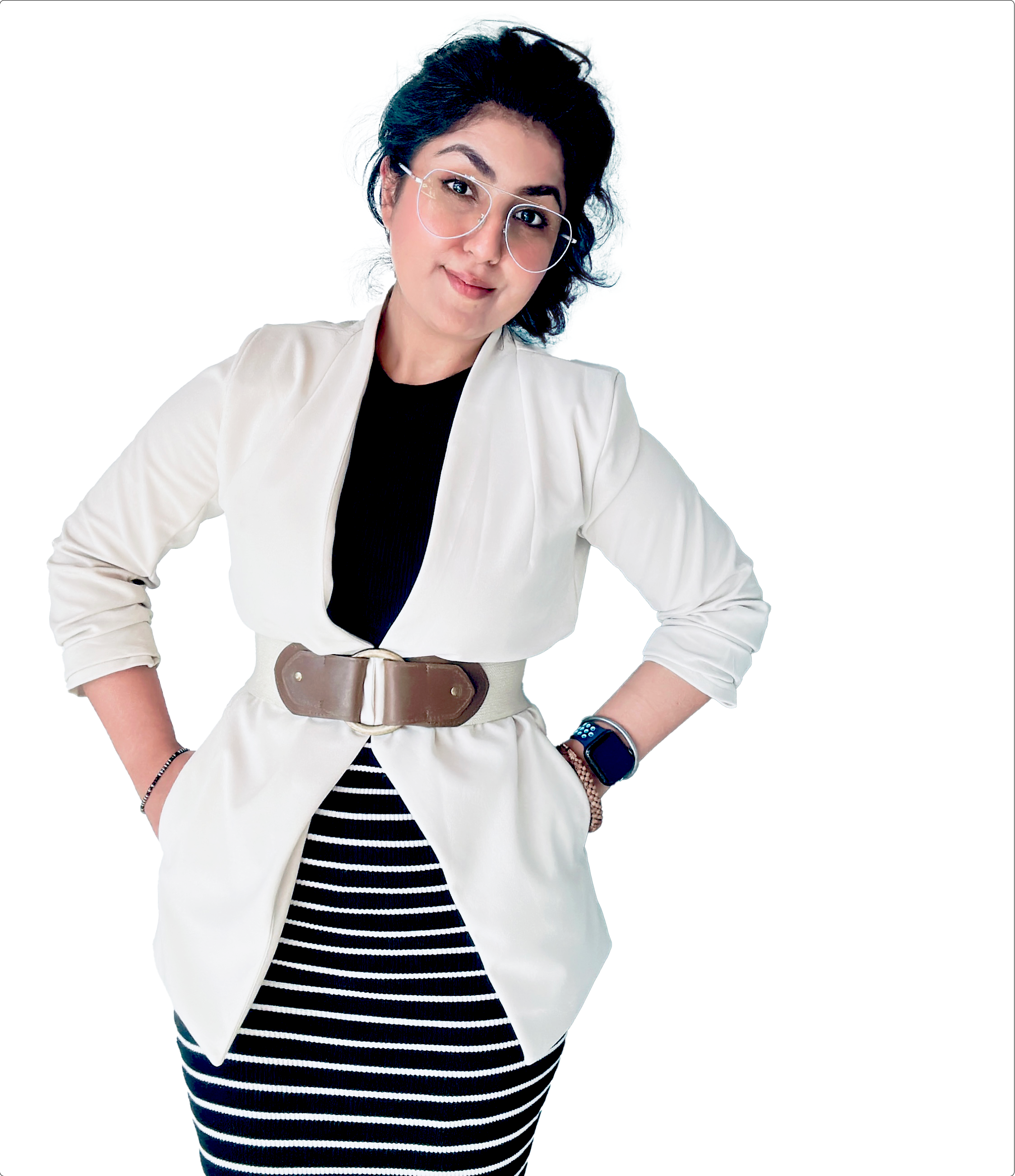
“This site is a vital resource in the community for low-income individuals, those experiencing homelessness or those with food insecurity. Most of the individuals have some form of a disability,” Bhinder explained. “I worked with them to understand the function of the building and who we are serving to determine how best to create this building.”
For Bhinder, her interest was always in accessibility. She has a background in regional planning both in India and the United States.
When she moved to Canada, she wanted to learn more, and she decided to take the RHFAC Professional Training course.
“Accessibility to me is about creating equitable opportunities for everyone to be able to interact and benefit from their environment,” Bhinder explained. “It’s ensuring everyone feels welcomed and supported.”
Everyone is Welcome
Bhinder was eager to work on a project with a team willing to push the boundaries of what is traditionally thought of in terms of accessibility.
“Agape Table redefines what’s possible,” Bhinder explained. “We turned challenges into opportunities.”
The 10,500 square foot facility is designed to provide essential food assistance. Bhinder explained that she walked through Agape Table with the team to learn how someone uses the space to make design decisions that put the person at the center. Bhinder was involved from the outset, and worked with the design team to implement accessibility features throughout the space.
“Working with them was an opportunity to explain what accessibility truly means for a person with a disability,” Bhinder said. “It's not just about mobility aids; accessibility is so much more than that.”
Creating an Accessible Space
Bhinder explained that “everything about this project is about fostering independence and dignity for all.” Accessibility is about allowing individuals to participate fully and independently in society, including the offerings of Agape Table.
For accessibility features, the building includes olfactory cues for wayfinding, height adjustable service counters, sound dampening panels, convex mirrors to provide visual cues to those with hearing loss, and emergency systems that include text alerts, and color-coded emergency signals, among others.
“Agape table exemplifies how a charity-based organization can go above and beyond to create accessible spaces,” Bhinder said of the project. “Design and access go beyond compliance.”
